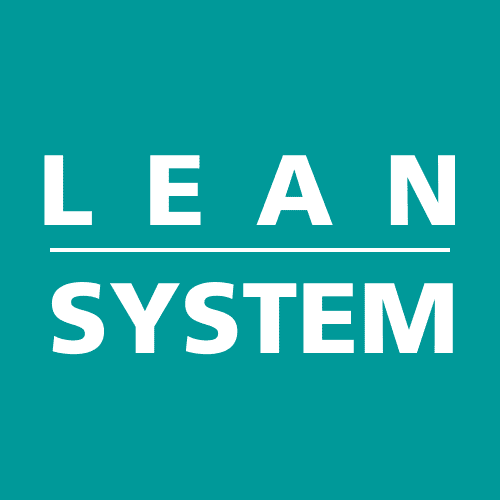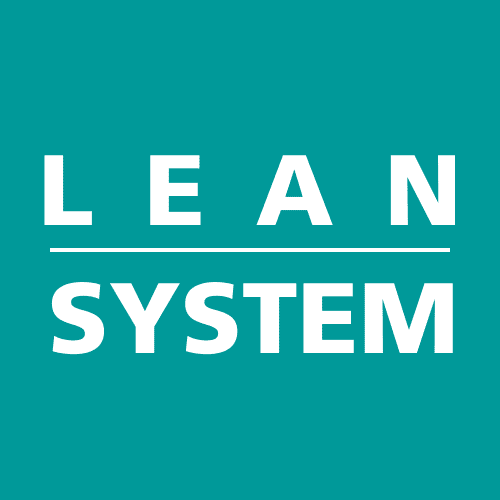The 5S method is a well-known technique used to maintain workplace organization in factories. It consists of five Japanese words: seiri (整理), seiton (整頓), seisō (清掃), seiketsu (清潔), and shitsuke (躾). This method is particularly popular in the manufacturing industry where effective management of physical objects is crucial. By implementing the 5S system, organizations can standardize their workplaces, reduce searching time, improve visibility, decrease dependence, and enhance safety culture.
1S – Sort (seiri 整理)
The first step involves removing any unwanted materials, equipment, or staff from the workplace and relocating them to a central location. A general rule of thumb is to consider any material that hasn't been used in the last six months or hasn't been touched as unwanted. While it's possible that these materials may be needed in the future, they should still be removed.
2S – Set in Order (seiton 整頓)
In this step, all the materials sorted in 1S need to be allocated to their designated places. It's important to decide the fate of materials that won't be used in the future. Should they be scrapped or transferred to another unit within the organization?
3S – Shine (seiso 清掃)
This step involves cleaning and maintaining the workplace to facilitate easy retrieval of materials.
4S – Standardize (seiketsu 清潔)
To bring consistency to this methodology, the previous steps (S2 and S3) need to be incorporated into a system. This means defining procedure for maintaining the workplace.
5S – Sustain/Self-Discipline (shitsuke しつけ)
This step emphasizes the importance of sustaining the practices outlined in the standard operating procedure for 5S. Periodic audits can be conducted to ensure adherence to the 5S principles.
Implementing the 5S Method
To successfully implement the 5S method, it's crucial to secure management support as it requires employees to invest additional time during the initial phase. Additional resources may also be required, such as signage, marking and painting materials, and training costs.
Here are the steps to implement 5S:
- Establish an initial core team, ensuring representation from each section/area.
- Provide training to the core team and responsible individuals from each section/area.
- Select one or more sections/areas for initial implementation, considering the organization's size.
- Implement 5S in the selected areas and gradually extend it to other areas.
- Conduct routine 5S audits, preferably using a defined checklist.
Conclusion
The 5S method offers a systematic approach to workplace organization, particularly in the manufacturing industry. By following the five steps of sorting, setting in order, shining, standardizing, and sustaining, organizations can enhance efficiency, reduce waste, and improve safety. Implementing 5S requires commitment and support from management, along with regular audits to ensure its long-term success.

